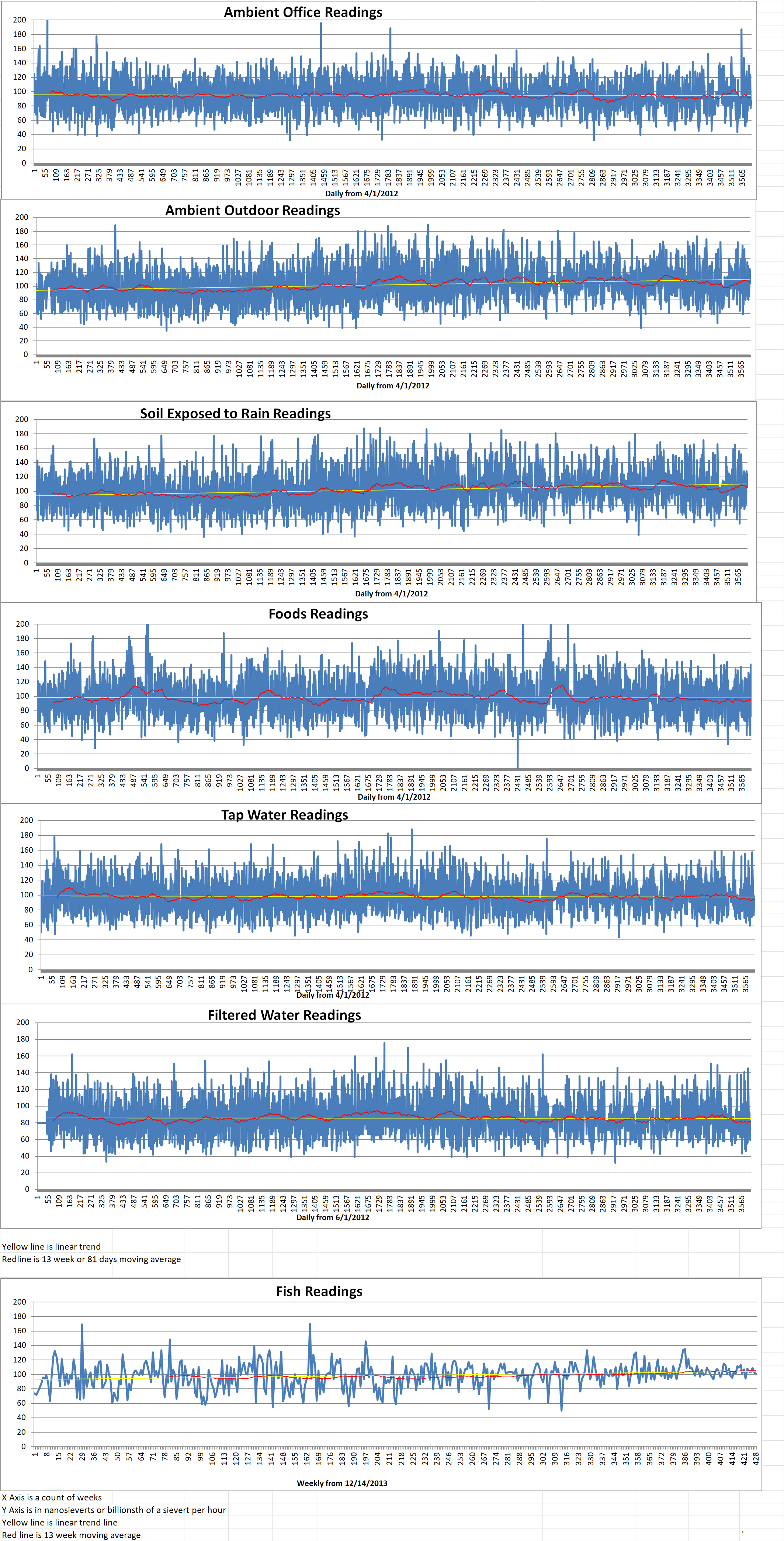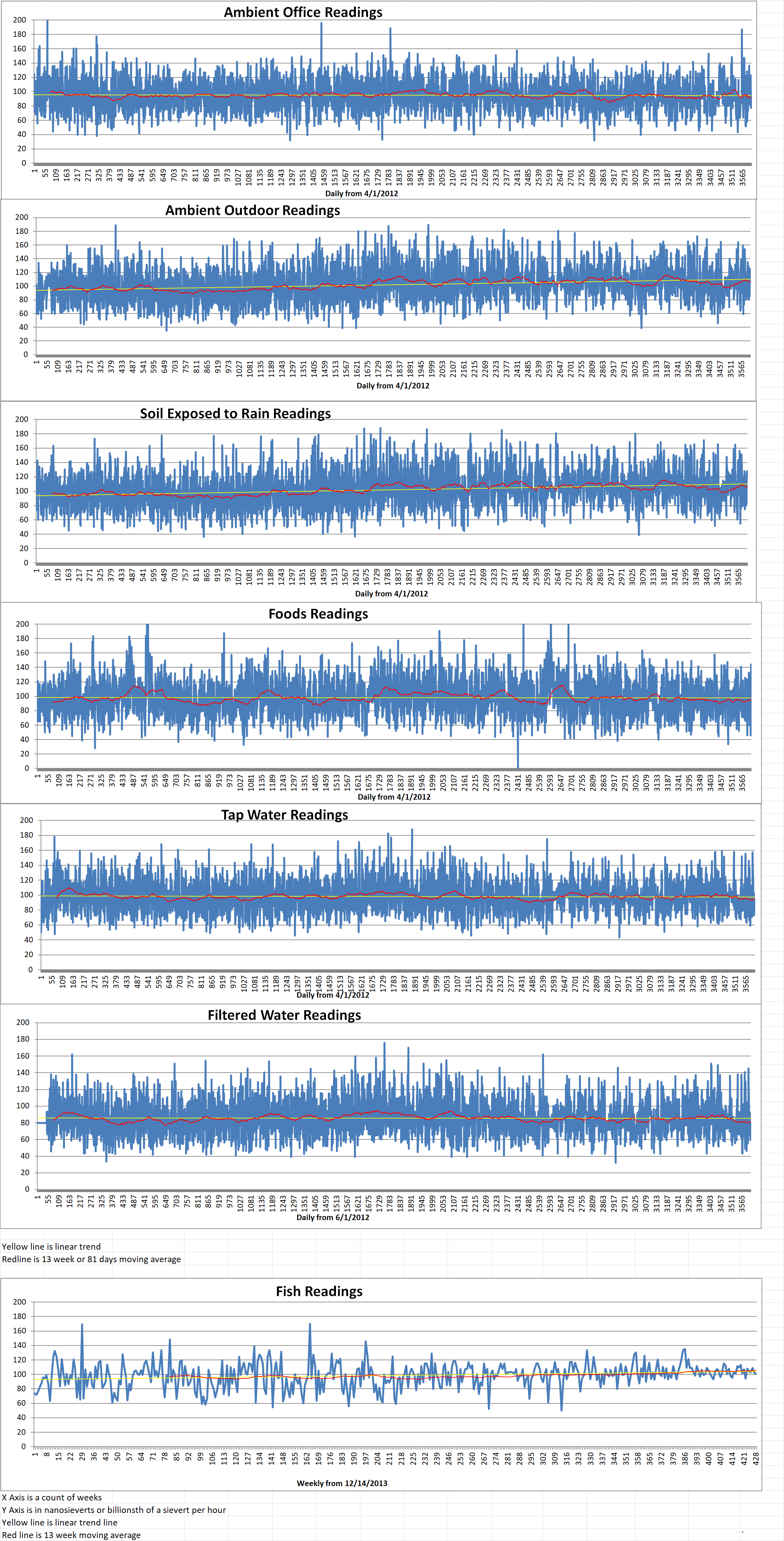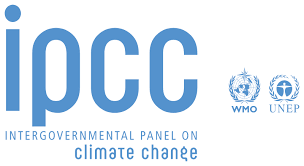Blog
-

Geiger Readings for May 20, 2022
Ambient office = 87 nanosieverts per hour
Ambient outside = 108 nanosieverts per hour
Soil exposed to rain water = 99 nanosieverts per hour
Tomato from Central Market = 87 nanosieverts per hour
Tap water = 93 nanosieverts per hour
Filter water = 80 nanosieverts per hour
-

Nuclear Fusion 177 – EPFL Has Revised A fundamental Priciple For Fusion Reseaerch – Part 1 of 2 Parts
Part 1 of 2 Parts
École Polytechnique Fédérale de Lausanne (EPFL) is a Swiss public research university. Operating in a large European collaboration, EPFL has managed to revise one of the fundamental laws that have been foundational to plasma and fusion research for over three decades. Their work has even been used in the design of megaprojects such as the huge ITER fusion reactor being constructed in France.
Fusion is considered by many to be the most promising source of future energy. It involves combining two light atomic nuclei into one heavier nucleus. Huge amounts of energy are released in the process.
ITER is an international fusion research megaproject. It is aimed at replicating the fusion processes of the sun to create energy on Earth. In order to accomplish that, it must produce the extreme temperatures and pressures necessary for fusion to occur.
A plasma is an ionized state of matter similar to a gas. It is made up of positively charged nuclei and negatively charged electrons. The plasmas used in fusion research are about a million times less dense than the air we breathe. Plasmas are created by subjecting the fusion fuel, usually isotopes of hydrogen, to extremely high temperatures that are ten times the temperature of the core of the sun. This forces the electrons to separate from their atomic nuclei. One of the most popular experimental fusion designs is called a tokamak. It is a donut-shaped chamber surrounded by magnets.
Paolo Ricci works at the Swiss Plasma Center, one of the leading research institutions in fusion located at EPLF. He said, “In order to create plasma for fusion, you have to consider three things: high temperature, high density of hydrogen fuel, and good confinement.” Working within a large European collaboration, Ricci’s team has just released a new study. Their work updates a foundational principle of plasma generation. They have shown that the ITER tokamak can actually operate with twice the amount of hydrogen fuel normally used. This means that it can generate more fusion energy that was previously assumed.
Ricci said, “One of the limitations in making plasma inside a tokamak is the amount of hydrogen fuel you can inject into it. Since the early days of fusion, we’ve known that if you try to increase the fuel density, at some point there would be what we call a ‘disruption’—basically you totally lose the confinement, and plasma goes wherever. So in the eighties, people were trying to come up with some kind of law that could predict the maximum density of hydrogen that you can put inside a tokamak.”
In 1988, fusion scientist Martin Greenwald published a famous law that correlates fuel density to the minor radius of the tokamak and the electric current that flows in the plasma inside the tokamak. (Minor radius refers to the radius of the inner circle of the donut-shaped tokamak.) Ever since Greenwald stated his law, the “Greenwald limit” has been a foundational principle of fusion research. ITER’s tokamak-building strategy is based on it.
Please read Part 2 next -
Nuclear News Roundup May 19, 2022
Jacobs to support Fukushima Daiichi decommissioning world-nuclear-news.org
Trump warns of ‘greatest danger ever’ for nuclear war gazette.com
Nuclear included in EU’s repowering plan world-nuclear-news.org
What’s Next for California’s Last Nuclear Power Plant nytimes.com
-

Geiger Readings for May 19, 2022
Ambient office = 86 nanosieverts per hour
Ambient outside = 104 nanosieverts per hour
Soil exposed to rain water = 105 nanosieverts per hour
Red onion from Central Market = 72 nanosieverts per hour
Tap water = 98 nanosieverts per hour
Filter water = 82 nanosieverts per hour
-

Nuclear Reactors 1027 – Ten Reason Against Nuclear Power – Part 2 of 2 Parts
Part 2 of 2 Parts (Please read Part 1 first)
6. Proposals for constructing “temporary” storage solutionsSome analysts consider consolidated interim storage sites (CIS) to be a distraction from the fact that a proven geological repository for spent nuclear fuel does not exist anywhere on Earth. The governors of Texas and New Mexico are fighting against the siting of CIS facilities in their states because they are afraid that they would become permanent radioactive dumps. Moving nuclear waste across the country to multiple CIS facilities would create the risk of radiation accidents along transportation corridors.
7. The Nuclear waste dry storage canisters that are currently in use across the U.S. are thin walled.
The U.S. canisters have walls that are from one half to five eights of an inch thick. They are unsafe for long term storage or for off-site transport. They are susceptible to short-term cracking but cannot be inspected for cracks or monitored to prevent radiation release. Other countries use canisters with walls that are ten to nineteen inches thick. They are designed to prevent cracking, can be monitored. Some canisters survived the 2011 Fukushima earthquake and tsunami.
8. The nuclear meltdowns at Chernobyl, Three Mile Island and Fukushima show just how fragile nuclear power plants can be.
There is absolutely no room for human error or natural disasters when it comes to anything connected to nuclear technology. Human civilizations come and go. Ancient empires could last over a thousand years, but recent empires have had lifetimes of only hundreds of years. The human race cannot even ensure the safety of our current nuclear reactors let alone ensure that futures societies will stay clear of our nuclear waste dumps for the next million+ years.
9. Nuclear plants are easy targets for terrorist attacks.
All nuclear plants, operating or decommissioned, are vulnerable to attacks. Dry storage canisters are stored onsite at nuclear power plants in the open in Independent Spent Fuel Storage Installations. Nuclear power plants vulnerability to malfeasance was highlighted recently by the ease with which Russia captured both the Chernobyl site and the Zaporizhzhia nuclear power plant early in the invasion of Ukraine.
10. The concept that Advanced and Small Modular Reactors (SMRs) can save the day with respect to climate change is magical thinking.
First, SMRs are a completely unproven concept. Somewhere in the neighborhood of ten thousand SMRs would need to be constructed to impact climate change in time. This would create thousands more radioactive dump sites. There would be many opportunities for both nuclear accidents from human error or natural disasters and weapons proliferation from the plutonium generated by nuclear reactors.
Getting to net zero carbon emissions by the early 2050s will require the greatest reduction in carbon emissions in the shortest time and at the lowest cost. That nuclear cannot deliver on this and should be banned is the outspoken position of the former director of the Nuclear Regulatory Commission, Gregory Jazcko.
The current support espoused by too many politicians for new nuclear power installations and their explanations for that support blatantly faulty. Every dollar misspent on a new nuclear power plant is a dollar that cannot be invested in efficiency and faster, cheaper renewables. Expanding nuclear power will retard progress on solving the climate crisis.
No matter what the misguided motivations of some politicians may be, the duty of informed citizens is to demand that they abandon the deadly pursuit of new nuclear energy and commit to shutting down our aging nuclear reactors. -

Geiger Readings for May 18, 2022
Ambient office = 82 nanosieverts per hour
Ambient outside = 123 nanosieverts per hour
Soil exposed to rain water = 125 nanosieverts per hour
Red bell pepper from Central Market = 113 nanosieverts per hour
Tap water = 93 nanosieverts per hour
Filter water = 81 nanosieverts per hour
-
Nuclear News Roundup May 18, 2022
‘He could lose everything’ Desperate Putin warned going nuclear will be his downfall express.co.uk
Threat of North Korean weapons test looms over Biden’s Asia visit nbcnews.com
South Korea: Orano NPS signs cooperation agreement with Kepco E&C and SeAH Besteel for dry storage of used nuclear fuel businesswire.com
Duterte hopes next admin would consider using nuclear power newsinfo.inquirer.net
-

Nuclear Reactors 1026 – Ten Reason Against Nuclear Power – Part 1 of 2 Parts
Part 1 of 2 Parts
I have posted several articles listing reasons to not expand nuclear power. I decided to do another post on this subject today.
Former nuclear regulatory officials from the U.S., France, Germany, and the U.K. put out a joint statement last January that strongly opposed any expansion of nuclear power as a strategy to combat climate change. They said that there was not a single good reason to build new nuclear plants. Here is a list of reasons not to expand nuclear power.
1. Nuclear power is takes too long to implement to fight climate change.Successful construction and operation of the new generation of proposed commercial nuclear power plants called Advanced and Small Nuclear Reactors are decades away at best. The latest report from the Intergovernmental Panel on Climate Change points out that limiting global warming to two and seven tenths degrees Fahrenheit means that the world has to reach net zero carbon dioxide emissions globally in the early 2050s. Wind and solar power plants can be constructed and operating in a few months or years. Carbon Tracker is a financial think tank that believes renewables can power the world by 2050.
2. Nuclear Energy is just too expensiveRenewable power sources like wind and solar are already the cheapest energy in the world. Their prices continue to decline. By 2019, utility-scale renewable energy prices have already fallen to less than half the cost of nuclear energy. In combination with lower natural gas prices, there has been little to no momentum in the U.S. to construct new nuclear power plants for decades. Expanding nuclear power generation would definitely result in higher energy costs for consumers.
3. Nuclear power is not carbon-free or non-polluting.
While it may be true that electricity produced by an operating nuclear power plant does not emit carbon dioxide, mining and enrichment of uranium are carbon intensive and produce potent greenhouse gases called chlorofluorocarbons. Releases of radioactive materials into the atmosphere and water from operating nuclear power plants are common. The U.S. has already accumulated eighty five thousand metric tons of highly radioactive spent nuclear fuel which is the most dangerous pollutant known to man.
4. Permanent disposal of spent nuclear fuel remains technically unsolved.
Although the U.S. Nuclear Waste Policy Act of 1982 mandated the construction of a permanent deep geologic repository to safely sequester spent nuclear fuel for a million years or more. Four decades later, there has been little progress. It is estimated that it will be 2050 before there can be an operating spent nuclear fuel repository in the U.S. The nuclear power plants in the U.S. for the foreseeable future are de facto nuclear waste dumps.
5. Nuclear power is not renewable.Like coal, oil and natural gas, uranium is a finite resource. The U.S. imports about half of its uranium from Russia and two of its closest allies, Kazakhstan and Uzbekistan. Uranium was not included in the Biden administration’s recent ban on importing fuels from Russia in response to the Ukraine invasion.
Please read Part 2 next
-
Nuclear News Roundup May 17, 2022
Korean conglomerate to cooperate with TerraPower world-nuclear-news.org
In pictures: Refurb of 125-metre cooling tower at Mochovce world-nuclear-news.org
MIT expands fusion collaboration world-nuclear-news.org
ITER Director-General Bernard Bigot passes away orld-nuclear-news.org
